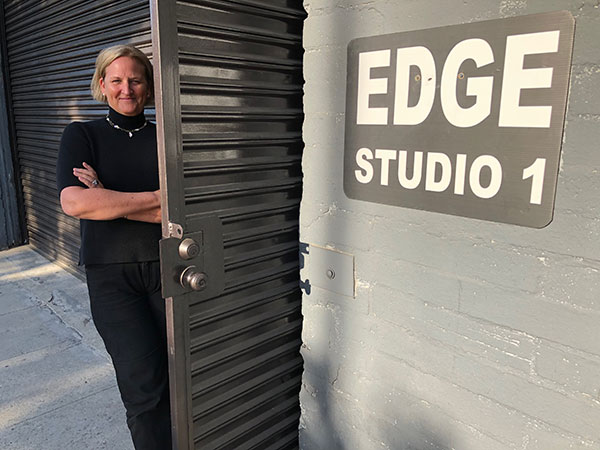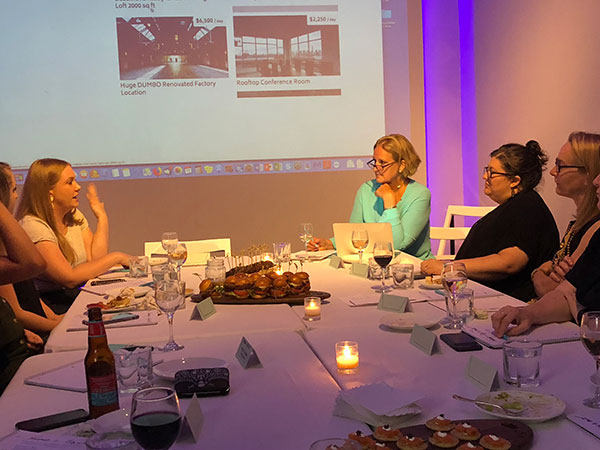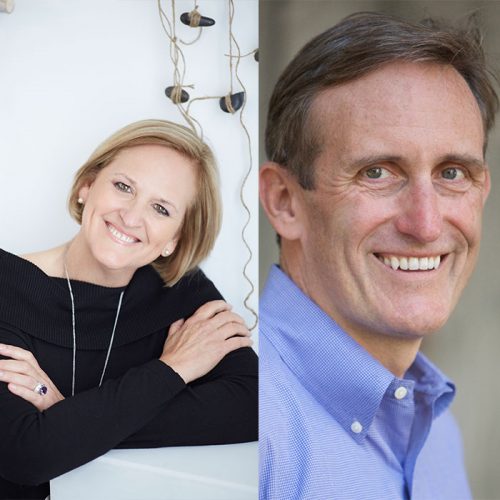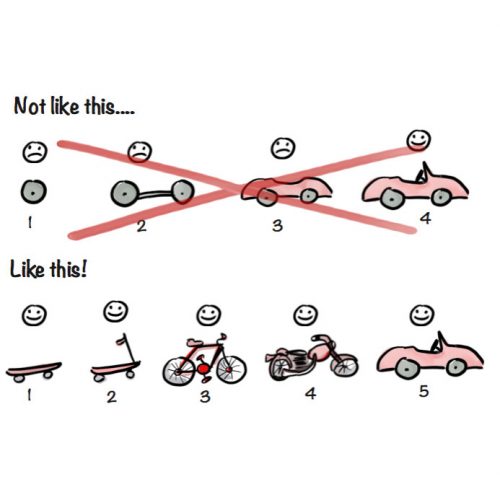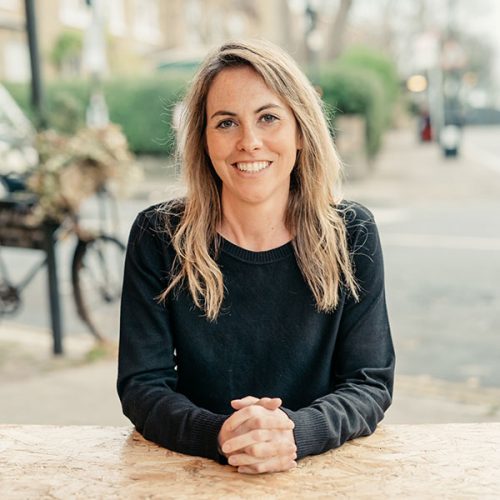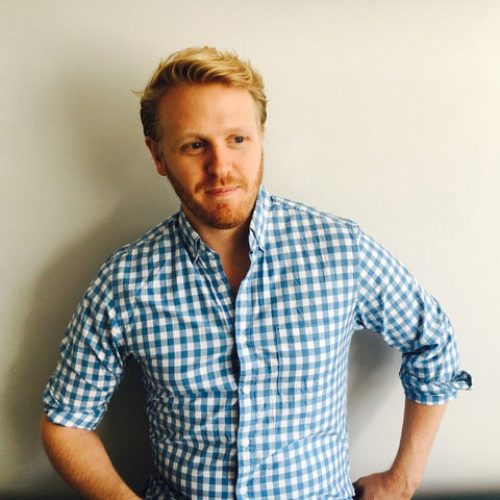Imagine you’re a production professional looking to photograph a sports car on a roof in Brooklyn with a view of the Verrazano bridge. Sounds whacky right? But with the help of emerging tech startup Space for Arts, it has happened (and could happen again).
Photography is a massive global industry backed by huge teams of creative professionals and, despite being so accessible to most people in the modern age, the demand for corporate shoots remains high. Think everything from fashion model shoots and magazine covers to product photography for luxury brands, images have the potential to speak to and influence almost every human on the planet – without the language barrier.
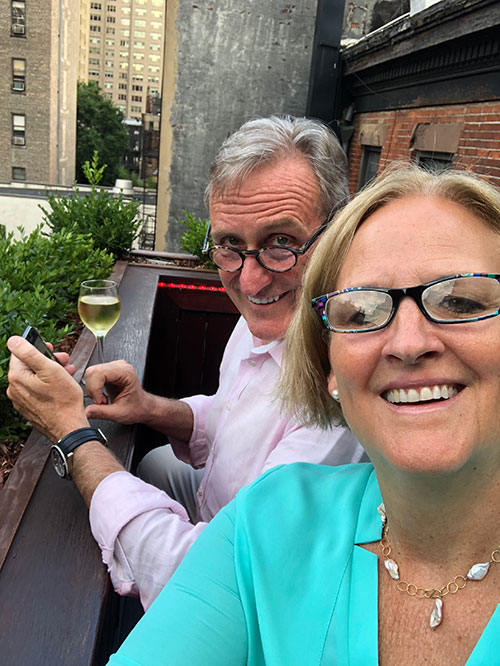 Of course, every shoot needs a space. And that’s where Betsy and Van, the founders of Space for Arts, come in.
Of course, every shoot needs a space. And that’s where Betsy and Van, the founders of Space for Arts, come in.
The pair launched Space for Arts as a platform to help the photo industry access the huge variety of studio spaces available with just a few clicks. They found initial success testing their idea in New York City but it’s now becoming so much more, so we caught up with them to hear their story.
Not an exact science
Whilst you might assume this entrepreneurial duo are both professional photographers themselves, Betsy actually started off her career as a scientist, most notably as the first female in the research and development department at Tambrands, the company behind Tampax. Meanwhile Van forged his career in investment banking, securing 36 years of experience in working with small to medium size businesses.
It was the late 90s, the wild wild west of the internet
It wasn’t until Betsy’s son was born with severe disabilities, that she did what most parents would do and gave up her job to care for him.
“With that drastic change in my life, I wanted to continue to challenge myself with something interesting outside the home,” she tells us.
“At the time, the internet was exploding. It was the late 90s, the wild wild west of the internet, there were no search engines, no social media, no PayPal… it was the bare bones.
“I had a number of friends in the arts, so I came up with a business plan and the beginning of an online community for the arts, called ArtID. It was a website where visual artists, including photographers, could display their work to tradespeople who would then buy and sell or represent them in their galleries.”
Fine art to photography
Betsy met Van whilst working on ArtID and, through building on this community of artists and photographers together, they started to learn more about the photographic community and how their businesses worked.
It’s not uncommon for high powered creative teams to face pulling a shoot together in under 72 hours
Van explains: “Their whole existence is fundamentally different. Photography is driven primarily by commercial factors and drivers such as advertising agencies, fashion, retail, brands, editorial and entertainment. Whereas a painter or sculpture is more likely to create something out of a creative drive and hope that someone will appreciate it.”
After initially looking into the idea of getting the artists in the ArtID community to share their studios, Betsy and Van saw that the opportunity to make a positive difference for photographers finding and sharing studio space was much greater.
Photographers and production professionals have specific requirements that are unique to each and every shoot so hiring a studio for a few hours or even a few days is commonplace.
AirBnB for photo studios
The pair initially conceptualised Space for Arts when the sharing economy was booming and companies such as AirBnB and Uber were starting to take off. But despite its outer appearance as being a fairly similar process to the former, booking a photo studio is a far cry from renting a room in someone’s house.
“We saw a need for a marketplace for photo studios where we were effectively vetting studios by visiting the spaces and their owners in person before we listed them on the site,” Betsy tells us.
“It’s not uncommon for high powered creative teams to face pulling a shoot together in under 72 hours, organising not only the talent and necessary support professionals but also the studio space. This rapid planning-cycle faces not only budget pressures but creative pressure. The team needs to execute the shoot within budget, but also identify a studio space that fits the unique needs they seek for the shoot. Perhaps this might be a space that is off the beaten track, but the creative team also needs to know that the studio resource is a part of their trusted community or network.
“That’s where we saw that we could present an enormous price range of quality photo studios in a marketplace setting as a reliable professional tool.”
A crazy process
What started as a way of building consistency and trust for production professionals using the Space for Art site to book studios, soon became an integral learning experience for the co-founders who have now begun to work with us to integrate this complex booking process into their site.
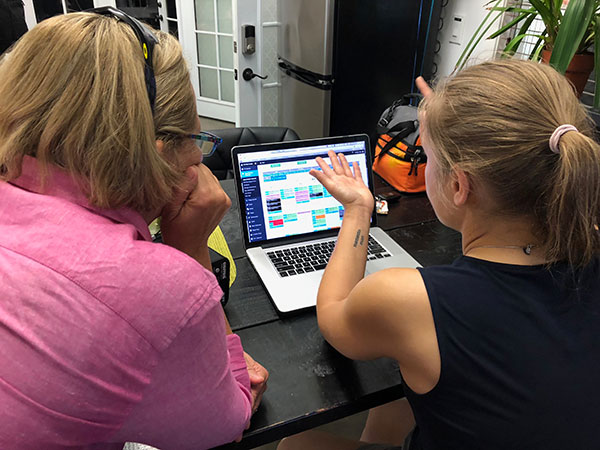 Betsy tells us: “From my going and visiting the photo studio owners face-to-face and developing those relationships, I started learning hand-in-hand with them how this process actually works, which is pretty crazy.
Betsy tells us: “From my going and visiting the photo studio owners face-to-face and developing those relationships, I started learning hand-in-hand with them how this process actually works, which is pretty crazy.
“In the early stages of Space for Arts we had a concierge button to ‘find Betsy if you need help’. And getting me involved in the production, as you will, was very valuable, as I was able to gain a first hand understanding of the process and the business issues faced by both studio owners and the creative production professionals.
“The relationships forged as a result of my acting as the concierge has been invaluable. I’ve had a rolling focus group of production professionals and have had the opportunity to visit a great many of our photo studios in NY, LA, Berlin, Atlanta and Boston.”
Unlike booking a hotel room, the process of booking a photoshoot often needs to take into account a large set of intricate coordinating factors – such as needing a certain view in a certain city, specific lighting requirements, needing to shoot at a certain time, needing space for a certain number of team members and strange props – the list goes on. By visiting the studios, Betsy became an incredible font of knowledge about which studios could provide even the most complex of requirements.
What we’re building now, no one has been able to build for the photo industry before
That particular madness aside, creatives won’t just book one space and be done with it. The system involves placing a number of ‘holds’ on potential studios – sometimes as many as a dozen at once. These can then be overridden if another creative wishes to book that space. The result as it stands is a whole host of spreadsheets, post-it notes, phone calls and a dose of good memory for both studio owners and those booking them.
“What we’re building now, no one has been able to build for the photo industry before. Our new booking system will reflect the established business practices and processes of the industry and facilitate a system of ‘first hold’, ‘second hold’ and ‘challenges’ that the industry operates with today,” Betsy tells us.
“We came to understand this booking process as a result of a passion for getting to know people’s businesses, building those relationships and learning first hand how they work.”
Community in the digital age
New York is the perfect testing ground for a startup like Space for Arts, it’s a large city that has a concentration of publishing, advertising, fashion, entertainment and retail sectors that provide the drivers for the success of professional photography and studio spaces.
[Photography is] a unique and powerful communication tool that not very many industries are able to tap into
However, for the art and photography community, it is much more than that. Betsy tells us: “Photographers are artists and represent an incredibly creative and talented group of people.
“I love that their images speak to everyone around the globe. Photography is a visual language, you can have as much creativity as humanly possible and still relate to anyone across different cultures and social statuses. It’s a unique and powerful communication tool that not very many industries are able to tap into.”
Of course, it’s also one of the industries that has come under the most significant technological changes in the last few decades, which has had some side effects for the professional community too. Van explains: “Art Streiber once told us how photographers used to come together at the film processing lab, making it the natural meeting place to gather and share ideas.
“These days photographers are all sitting behind computer editing suites, so it’s very difficult for them to reach out to their peers in the same way.”
So as well as providing an enhanced marketplace and booking system, Space for Arts has been collaborating with photo industry partners to help bring back that natural meeting place.
By growing a community of photographers, creative production professionals and studio owners through the business, Betsy and Van have made it part of their mission to give back by bringing these creatives together for evening talks and gatherings in the studios listed on Space for Arts.
The future for Space for Arts
The future for Space for Arts is an exciting one. The potential for the platform to not only build a new community for production professionals and photographers, but to solve so many pain points for both studio owners and creative professionals, has huge promise across a global market.
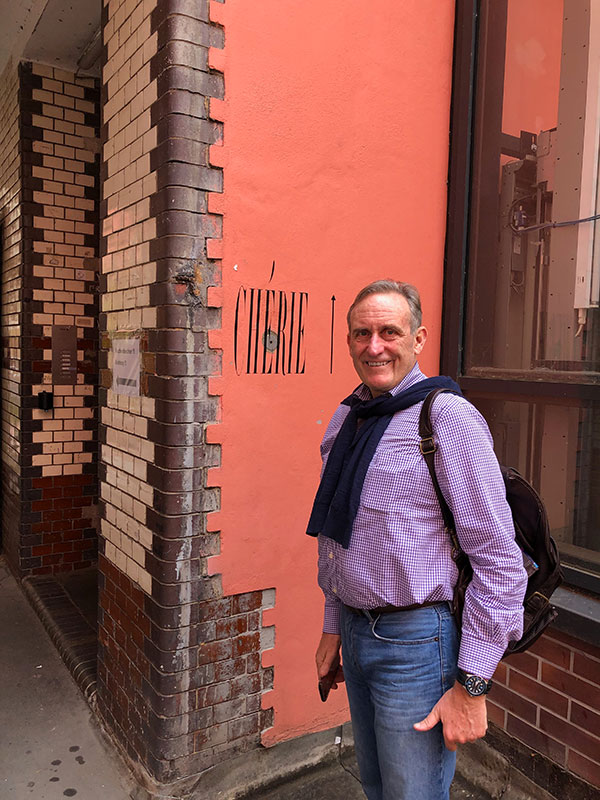 In the meantime, they have some great advice to give to other startup founders looking for the same success in the early stages of growth.
In the meantime, they have some great advice to give to other startup founders looking for the same success in the early stages of growth.
“You need to go and test and validate your assumptions”, Van says. “For Space for Arts, this was a natural process that came about as a result of talking to production professionals, photographers and studio owners over the course of many months.”
“People are scared to have that human relationship”, Betsy adds. “And I’ll tell you right now, especially in this industry, it’s a very small industry and everyone knows everyone else. In a sense we could see ourselves as having one shot at this and if we mess up people will be like ‘oh it doesn’t really work’ and it’ll all be over.
You need to keep asking questions and build a relationship with your customers
“By building the relationships from the beginning means the creative photographic community know Van and I. So if tweaks are needed, or some element of functionality needs to be improved, we’re going to have all that community around us to help us make those improvements.
“Building trusted relationships and putting your customers at the centre of everything you are doing can also lead to word-of-mouth recommendations which is the strongest and most trusted form of advertising.
“As a founder you need to keep asking questions and build the foundation of that relationship with your customers so, if there are hiccups, they will stay with you.”
If you’d like to discuss your startup or project, get in touch with Simpleweb today.
